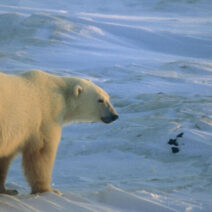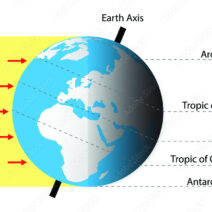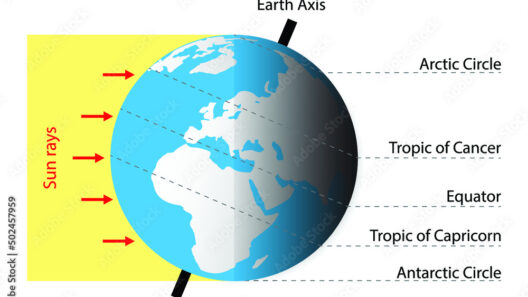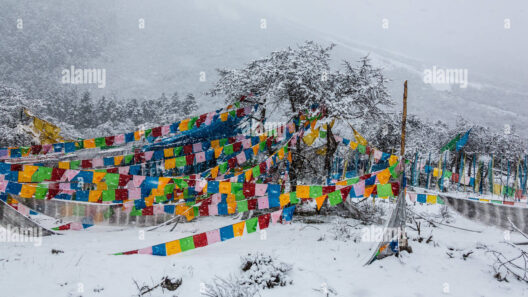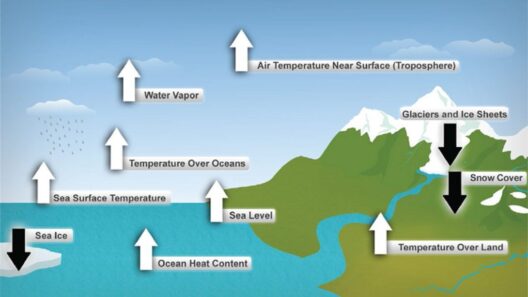The Southwest region of the United States exhibits a unique climatic character shaped by its topography, geography, and the influence of various weather patterns. Known for its stark landscapes, the climate can be summarized as a dichotomy of sun-baked days and cool, refreshing nights.
To commence our exploration of this captivating region’s climate, one must consider the prominent characteristics that define it. Dominated by deserts, plateaus, and mountain ranges, the Southwest is primarily governed by arid and semi-arid climates. The predominant weather influences include the subtropical high-pressure systems and the occasional forays of the Pacific storm tracks. As a result, precipitation levels are typically low, while temperatures can soar during the day.
During summer months, the Southwest experiences relentless sunshine that can elevate daytime temperatures to scorching levels, often exceeding 100°F (38°C) in desert locales such as Phoenix and Las Vegas. The intense solar radiation leads to starker divisions between day and night temperatures, with nighttime temperatures often dropping significantly. Such fluctuations can be attributed to the lack of moisture in the atmosphere, which fails to retain the heat accumulated during the day.
The stark diurnal temperature variation is especially pronounced in the high desert areas. Here, the contrast between the sweltering afternoons and the pleasantly cool evenings is a hallmark of the climate. At elevations above 3,500 feet, locations such as Santa Fe or Flagstaff showcase this phenomenon adeptly, attracting visitors who seek respite from the oppressive daytime heat. As the sun descends, temperatures can dip to a comfortable level, offering a serene environment ideal for outdoor pursuits and evening gatherings.
In terms of precipitation, the Southwest typically experiences two distinct seasons. The winter months can bring sporadic rain, primarily from late November through February. This period is characterized by frontal activity stemming from the Pacific Ocean, resulting in brief but sometimes intense storms, especially in the mountainous regions. Snowfall can occur in the higher altitudes, transforming the landscape into a picturesque winter wonderland, while the lower desert areas remain largely dry.
Conversely, the summer months herald the onset of the North American Monsoon, a vital climatic phenomenon that brings moisture-laden winds from the Gulf of Mexico. Commencing in July and stretching through mid-September, this season can introduce heavy rain, thunderstorms, and even flash flooding events. While this influx of precipitation is crucial for the region’s ecosystems, it can also contribute to soil erosion and other environmental challenges. The monsoon serves as an essential lifeline for both flora and fauna, fostering growth and rejuvenation after the arid weeks of summer.
Given the considerable aridity, vegetation in the Southwest has adapted remarkably to thrive under such conditions. Cacti, xerophytes, and shrubs dominate the landscape, showcasing a myriad of evolutionary strategies to preserve water. The iconic Saguaro cactus, with its towering stature, epitomizes the hardy flora characteristic of the region. Additionally, unique biomes such as the Joshua Tree Forest and the piñon-juniper woodlands present themselves, each occupying distinct ecological niches influenced by altitude and moisture levels.
The geographical expanse of the Southwest encompasses diverse climatic zones, ranging from the Sonoran Desert to the Rocky Mountains’ alpine conditions. These diverse conditions create a mosaic of ecosystems, each with its distinctive weather patterns and seasonal behaviors. For birdwatchers or wildlife enthusiasts, the opportunities to observe migratory patterns and endemic species are plentiful throughout the year, further enhancing the region’s biodiversity.
It’s also important to acknowledge the implications of climate change on the Southwest. Rising temperatures and altered precipitation patterns may lead to increased frequency and intensity of droughts, exacerbating water scarcity challenges faced by local communities. This situation necessitates a proactive approach to resource management and sustainable practices. The culture of conservation has gained traction as water represents a vital lifeline for inhabitants and ecosystems alike.
In light of these challenges, local governments and organizations have begun implementing strategic initiatives aimed at mitigating the impact of climate change. Efforts geared toward conservation, sustainable water usage, and restoration of natural habitats are increasingly prioritized. Enhanced awareness and educational outreach concerning the fragility of the environment play a pivotal role in preserving the delicate balance of ecosystems.
The multifaceted climate of the Southwest region, characterized by sun-baked days and cool nights, is both a gift and a challenge. The distinctive climatic features invite individuals to explore its breathtaking landscapes while also encouraging mindfulness about the environmental nuances at play. Whether reveling in the brilliance of the desert sun or appreciating the coolness that follows at night, the Southwest embodies a rich tapestry of climatic contrasts, underscoring the importance of responsible stewardship of this remarkable environment.
As the region navigates the complexities of its evolving climate, future generations hold the key to ensuring that the delicate ecosystems and vibrant communities continue to flourish. A commitment to sustainable practices, alongside an appreciation of the natural world, can pave the way for a more resilient Southwest that honors its unique climate.
